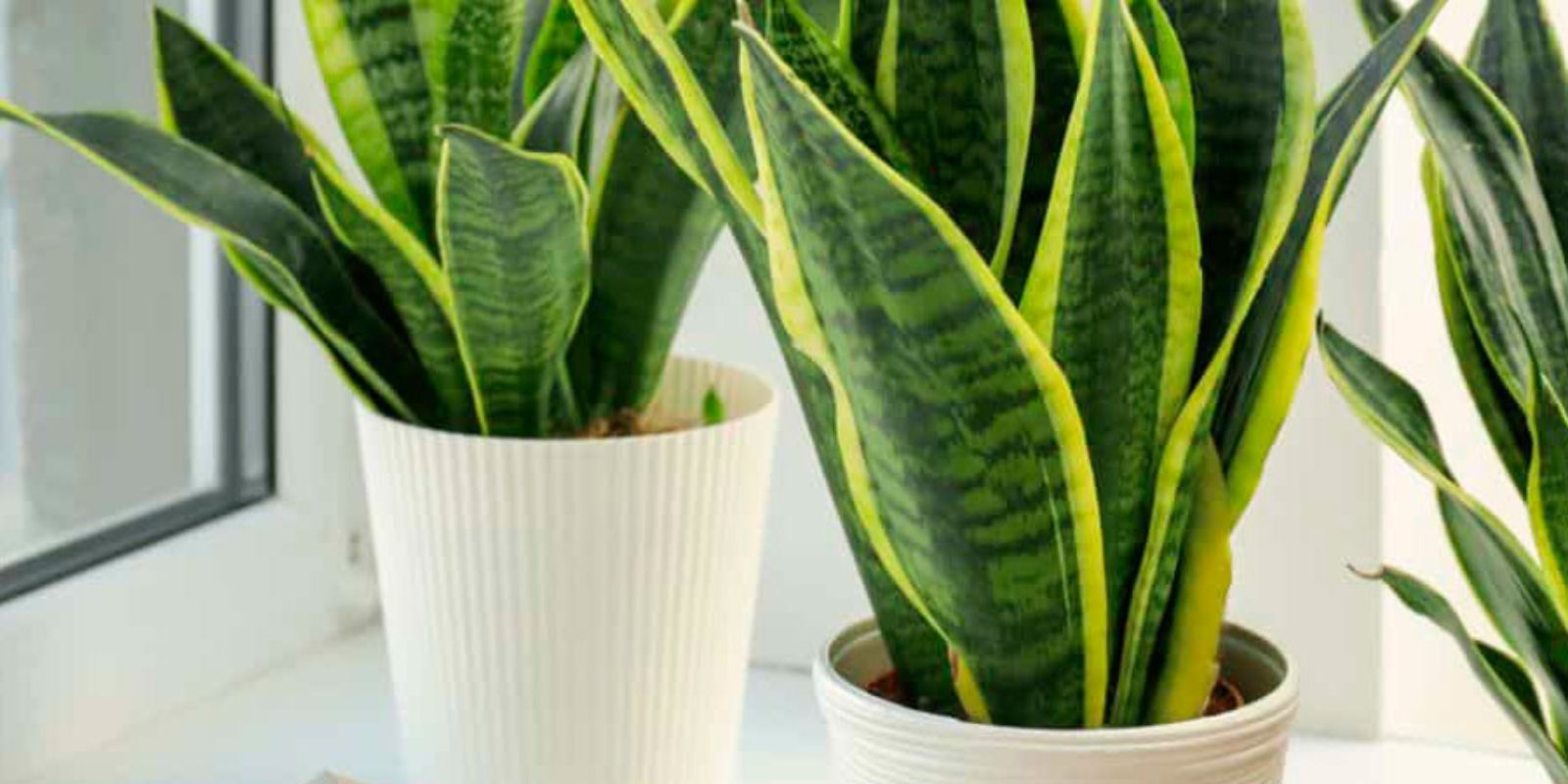Sansevieria, commonly known as Lengua de suegra or snake plant, is celebrated for its striking foliage and durability. Its resilience makes it a favorite for both seasoned gardeners and interior decorators. Despite its popularity, there are several lesser-known care secrets that can significantly enhance its growth and appearance. This article reveals these hidden strategies to help you cultivate a thriving Sansevieria and enjoy its full potential.
1. Understanding Sansevieria
Sansevieria, native to West Africa, is renowned for its upright, sword-like leaves that can be green, striped, or variegated. This hardy plant is favored for its low maintenance needs, making it ideal for a wide range of environments.
2. Optimal Lighting Conditions
The light requirements for Sansevieria are relatively flexible, but the plant thrives under specific conditions.
- Bright, Indirect Light: For optimal growth, place your Sansevieria in a location where it receives bright, indirect sunlight. This promotes vibrant colors and robust growth.
- Low-Light Tolerance: While it can survive in low light, its growth may be slower, and the leaves might not be as vibrant. If low light is your only option, the plant will still do well, though not as impressively.
Secret Tip: Rotate your plant periodically to ensure even growth and prevent one side from becoming leggy.
3. Mastering Watering Techniques
Sansevieria is known for its drought tolerance, but correct watering is crucial to its health.
- Allow Soil to Dry: Water the plant only when the top 1-2 inches of soil are dry. Overwatering is a common issue and can lead to root rot.
- Drainage: Use a pot with drainage holes to prevent water from sitting at the bottom, which can cause root rot.
Secret Tip: In the winter, reduce watering even further as the plant’s growth slows down.
4. Choosing the Right Soil
Proper soil is essential for Sansevieria’s health.
- Well-Draining Soil: Use a potting mix designed for succulents or cacti, which provides excellent drainage. Alternatively, mix regular potting soil with sand or perlite to improve drainage.
- Avoid Heavy Soils: Heavy, clayey soils that retain moisture can lead to root rot.
Secret Tip: Consider using a terracotta pot, which is porous and helps regulate soil moisture.
5. Fertilization: Less is More
Sansevieria does not require frequent fertilization.
- Balanced Fertilizer: Feed your plant with a balanced, liquid fertilizer every 6-8 weeks during the growing season (spring and summer). Avoid over-fertilizing, as it can lead to excessive growth and potential health issues.
- Skip Winter Feeding: During the winter, the plant’s growth slows, so skip fertilization until spring.
Secret Tip: Dilute the fertilizer to half the recommended strength to avoid over-fertilization and salt buildup in the soil.
6. Potting and Repotting
Sansevieria grows slowly and does not need frequent repotting.
- Repot When Necessary: Repot every 2-3 years or when the plant outgrows its pot. Choose a pot only slightly larger than the current one to avoid excessive moisture retention.
- Root Care: When repotting, trim any damaged or overly long roots to promote healthy growth in the new pot.
Secret Tip: Repot in the spring to align with the plant’s growing season, helping it adapt more quickly.
7. Addressing Common Issues
Despite its hardiness, Sansevieria can face issues such as pests and leaf problems.
- Pests: Sansevieria is relatively pest-resistant but may occasionally attract mealybugs or spider mites. Treat any infestations with insecticidal soap or neem oil.
- Leaf Problems: Yellowing or browning leaves usually indicate overwatering or insufficient light. Adjust your care routine based on these symptoms.
Secret Tip: Regularly inspect your plant for signs of problems to address issues early and prevent escalation.
8. Embracing the Beauty of Sansevieria
Sansevieria adds a modern touch to any space with its architectural leaves. By applying these care secrets, you can ensure it remains a healthy and eye-catching part of your home decor.
Secret Tip: Experiment with different pot styles and placements to highlight the plant’s unique features and enhance your interior design.
Conclusion
Sansevieria, or Lengua de suegra, is a low-maintenance yet striking plant that thrives with minimal care. By following these hidden care secrets, you can ensure your Sansevieria reaches its full potential. From optimal lighting and watering techniques to proper soil and fertilization, these strategies will help you cultivate a thriving plant that enhances your home. Embrace these secrets and enjoy the beauty and benefits of Sansevieria in your space. 🌿✨

